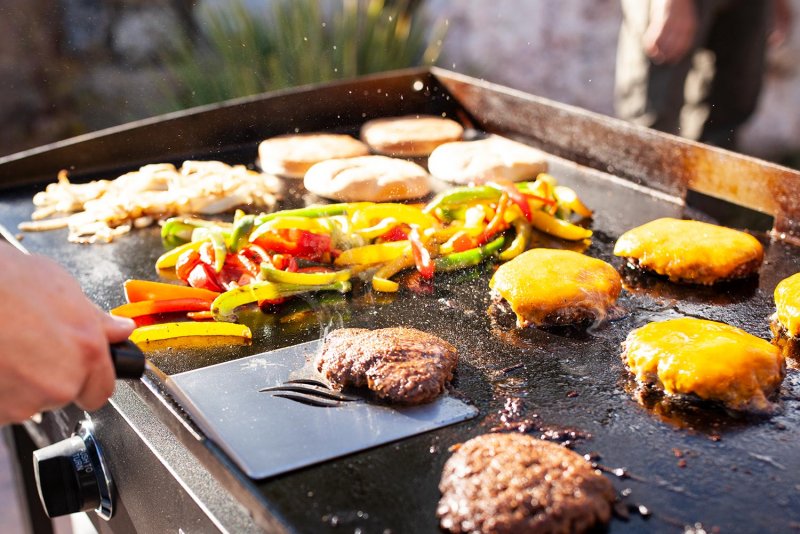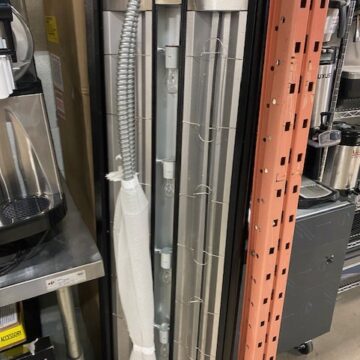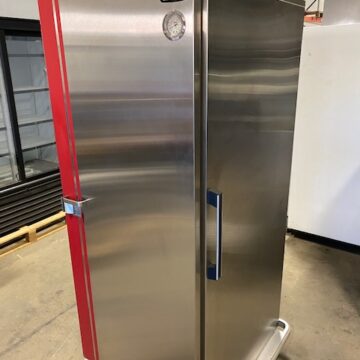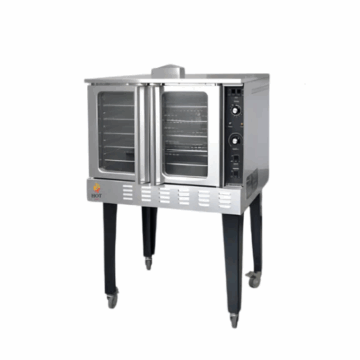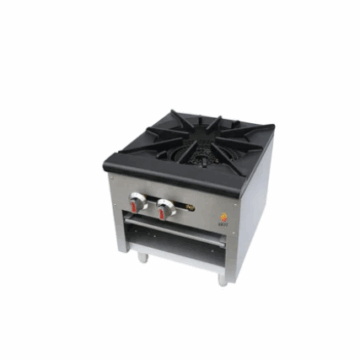Gas grills are now a common sight in outdoor cooking, providing grilling fans with ease, adaptability, and reliable results. Gaining proficiency in gas grilling may take your outdoor dining experience to new levels, regardless of your level of experience as a cook. Let’s look at some key strategies to get delicious outcomes each time you light the grill.
Selecting the Top Gas Grill
Think About Size and Features: Choose a gas grill based on your cooking requirements and tastes. Grill size, burner count, type of cooking surface (cast iron or stainless steel), integrated features (side burners, rotisserie kits), and overall durability are all important considerations.
Superior Construction: Seek for gas grills made of materials that are strong enough to endure exposure to the outdoors and regular use. For longevity and resistance to rust and corrosion, structure made of cast aluminum or stainless steel is excellent.
Crucial Methods for Grilling
Before cooking, preheat your gas grill by closing the cover and heating it to the required temperature. In addition to guaranteeing uniform heat distribution, preheating helps keep food from sticking to the grill grates.
Direct vs. Indirect Heat: Cooking with gas grills gives you the option to use direct or indirect heat. Larger chunks of beef can be smoked or cooked slowly using indirect heat, but searing and caramelization are best done with direct fire.
Appropriate Temperature Control: Ensure accurate temperature control by modifying the burner’s settings and gas flow as necessary. To precisely monitor cooking temperatures, use an external grill thermometer or the built-in thermometer on the grill.
Flare-up Management: Reduce the likelihood of flare-ups by cutting extra fat from meats, limiting the amount of marinades or sauces that may drip onto the burners, and always having a water spray bottle on hand to put out any flare-ups that may happen.
Hints for enhancing flavor
Marinades and Rubs: Before cooking, marinate meats or add dry rubs to enhance the flavor of grilled dishes. Give the meat enough time to absorb the flavors from the marinade, or liberally brush on dry rubs for a tasty crust.
Wood Chips and Smoke Boxes: To add smoky flavors to your grilled foods, try adding wood chips or smoke boxes to your gas grill. To produce fragrant smoke, soak wood chips in water before adding them to the grill.
Upkeep and Cleaning
Frequent Cleaning: To avoid grease accumulation and preserve peak performance, clean your gas grill on a frequent basis. To get rid of food residue and keep the grill grates from sticking, brush them with a grill brush both before and after each use.
Deep Cleaning: Take out and clean the burner covers, heat deflectors, and grill grates on a regular basis to give your gas grill a deep clean. To maintain adequate gas flow, clean and examine the burner ports and use a grill cleaner and degreaser to get rid of any lingering residue.
With the help of these gas grilling techniques and suggestions, you can unleash your culinary creativity and share delectable outdoor dinners with your loved ones. Gas grills are incredibly versatile and convenient, making outside cooking a breeze, whether you’re grilling succulent steaks, soft poultry, or colorful veggies. Make a great gas grill purchase, practice your grilling techniques, and enjoy outside meals throughout the year.
Purchase All Your Commercial Kitchen Equipment From The FED (Foodservice Equipment Depot)
Explore our diverse selection of high-quality commercial kitchen equipment for all your culinary needs. Enjoy a seamless online ordering experience, ensuring fast and frictionless access to professional-grade food service equipment. Shop at our Restaurant Supply Online Store.


